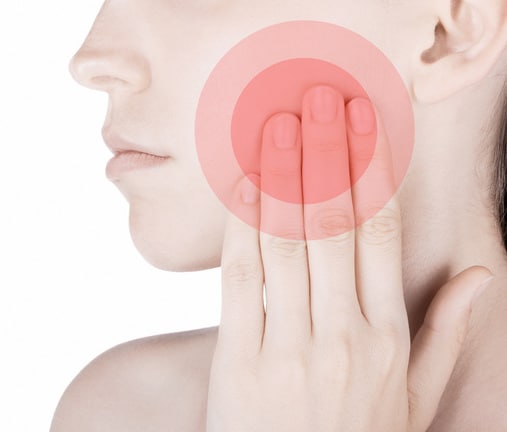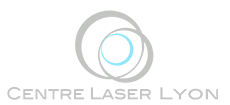Vascular lesions
Rosacea and erythrosis

Rosacea is a chronic skin condition causing redness, localized to the face: cheeks, chin, nose and forehead.
It is a very common condition since it is estimated that 15% of the population aged 15 to 70 years suffer from it. Patients most affected by it have pale skin that tends to redden depending on certain factors or having a permanent pink or red appearance.
There are two forms of rosacea :
- Rosacea which is detected through a fine line and individualized vessels on the surface of the skin.
- Erythrosis is characterized by redness “diffused” throughout the skin. Over time, the redness can turn into small red filaments that can be defined as telangiectasia. This is called erythrose rosacea.
Redness associated with rosacea
Redness is caused by superficial micro blood vessels that tint the surface of the skin. In the initial stages, it is impossible to separate these individual blood vessels.
In more severe cases, telangiectasia may be associated with rosacea: on a bed of rosacea, these larger blood vessels stand out.
Little is known as to what causes rosacea. However, we know that its appearance is related to several factors such as pollution, climate change, poor circulation, alcohol, tobacco…
The treatment of rosacea, whether by flash lamp or vascular laser can eliminate these vessels and hinder their development. Your doctor may use a vascular laser (Nd YAG laser or pulsed dye laser) or a flash lamp (IPL). The choice of technique will depend on the severity on your skin.
Rosacea is a condition that can be easily treated by the light of a laser or a pulsed light. During the session, your doctor will make sure your skin is clean and you do not have any contraindications. He or she will apply an ultrasound gel made of water to the areas to treat to protect the skin and to allow photons to go to the skin. This treatment is virtually painless and at most a small snap may be felt, like an elastic band, that may be accompanied by a warming sensation. They are rare but there are some cases where the processing is moved : The cost of the session will depend on the extent of the treatment area. A fifteen-minute session costs about 150 euros.
How to treat rosacea / erythrosis?
The laser light or the flash light (IPL) passes through the epidermis and is absorbed by hemoglobin in the blood. The walls of the blood vessels then collapse and are thus destroyed.
After the treatment, your skin will be slightly red for a few minutes. In some cases, edema can form. You can resume your professional activities the same day if the lesions are shallow. The application of makeup to hide this temporary inconvenience is allowed.
Several sessions may be required depending on the condition being treated and depending on the condition of the blood vessels. Generally three to four sessions are enough. An annual maintenance session can sometimes be useful.
Precaution : The person being treated should not tan prior to the sessions and should avoid sun exposure of the treated area for one month after treatment.Contraindications for rosacea treatment
How much is pulsed light treatment for rosacea?
